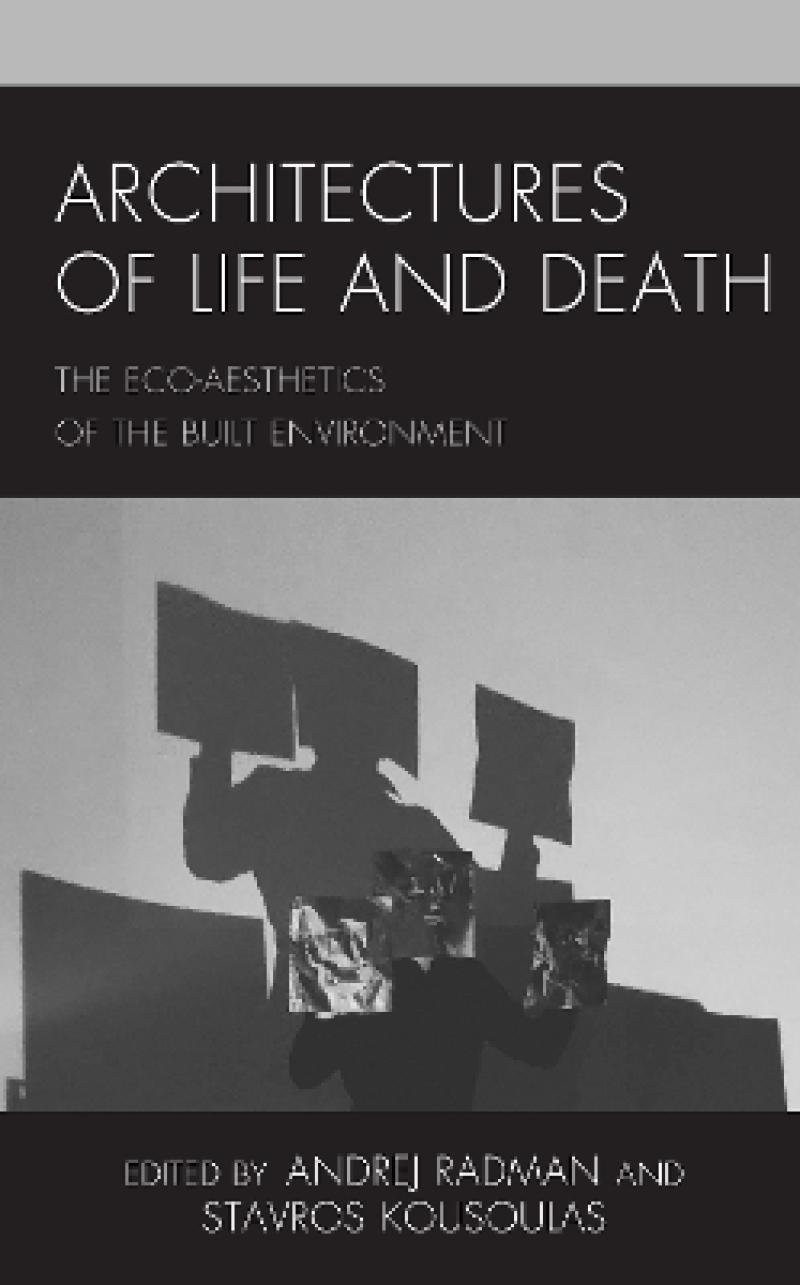Interdisciplinary in approach, this book combines philosophy, hybrid theory, and architectural theory with case studies, explicitly linking the traditions together to investigate the eco-aesthetics of the urban environment.
Part One: Metamodelling
Chapter 1, Andrew Ballantyne ‘Ecologies of Fear and Desire’
Chapter 2, Gökhan Kodalak ‘Are Architectural Modalities Alive?’
Chapter 3, Dulmini Perera ‘Fun Machines: Rethinking Mess and Method in Architecture’
Intermezzo I: Priming
Yota Passia and Panagiotis Roupas ‘An Index of Affective Mechanisms: Deciphering the Pre-Subjective Power of Spatial Assemblages’
Part Two: Asignifying Semiotics
Chapter 4, Renske van Dam ‘Reversed Encounters: Constructing Life with Arakawa and Gins’
Chapter 5, Robert A. Gorny ‘A Diagrammatic Cartography of Discourses: On Architectures Of Life And/or Death’
Chapter 6, Antonio Paoletti ‘Lilacs Out of the Dead Land’
Intermezzo II: Primacy of Action
Renske van Dam, Cocky Eek, et al ‘Moment Matters’
Part Three: Pedagogy of Senses
Chapter 7, Stavros Mouzakitis ‘The First Crematory of Greece’
Chapter 8, Ayesha Sarfraz and Arsalan Rafique ‘Necrotic Urbanism: A Critique of Violence And Resistance’
Chapter 9, Karin Reisinger ‘Radically Alive: A Disappearing Mining Town at Europe’s Margins’
Glossary
Index
Produktdetaljer
Biografisk notat
Andrej Radman is assistant professor of architecture and has been teaching theory courses and design studios at TU Delft Faculty of Architecture and The Built Environment since 2004. Radman is a production editor and member of the editorial board of the peer-reviewed architecture theory journal Footprint. He is also a licensed architect with a portfolio of built and competition-winning projects. His latest publication, coedited with Heidi Sohn, is Critical and Clinical Cartographies: Architecture, Robotics, Medicine, Philosophy.
Stavros Kousoulas studied architecture at the National Technical University of Athens and at TU Delft. Since 2012, as a researcher and lecturer, he has been part of the Theory Section of the Faculty of Architecture of TU Delft. He received his doctoral title cum laude from IUAV Venice participating in the Villard d’ Honnecourt International Research Doctorate. He is a member of the editorial board of Footprint journal of architecture theory since 2014.
